Nihil obstat: Msgr. Francis I. Malone, Censor Librorum.
Imprimatur: Anthony B. Taylor, Bishop of Little Rock, February 2, 2018.
Anthony B. Taylor, Bishop of Little Rock, February 2, 2018.
Cover design by Ann Blattner. Cover photo: Getty Images. Used with permission.
Photos/illustrations: Pages 7, 10, 13, 14, 16, 18, 20, 22, 23, 25, 26, 29, 33, 36, 38, 39, 41, Getty Images. Used with permission. Page 12, Clifford M. Yeary.
Scripture texts, prefaces, introductions, footnotes, and cross references used in this work are taken from the New American Bible, revised edition 2010, 1991, 1986, 1970 Confraternity of Christian Doctrine, Washington, DC and are used by permission of the copyright owner. All Rights Reserved. No part of the New American Bible may be reproduced in any form without permission in writing from the copyright owner.
Excerpt from the English translation of The Roman Missal 2010, International Commission on English in the Liturgy Corporation. All rights reserved.
2018 by Little Rock Scripture Study, Little Rock, Arkansas. All rights reserved. No part of this book may be reproduced in any form or by any means without the written permission of the copyright holder. Published by Liturgical Press, Collegeville, Minnesota 56321. Printed in the United States of America.
ISBN: 978-0-8146-4401-0 (print); 978-0-8146-4425-6 (ebook)
Contents
Introduction
Alive in the Word brings you resources to deepen your understanding of Scripture, offer meaning for your life today, and help you to pray and act in response to Gods word.
Use any volume of Alive in the Word in the way best suited to you.
- For individual learning and reflection, consider this an invitation to prayerfully journal in response to the questions you find along the way. And be prepared to move from head to heart and then to action.
- For group learning and reflection, arrange for three sessions where you will use the material provided as the basis for faith sharing and prayer. You may ask group members to read each chapter in advance and come prepared with questions answered. In this kind of session, plan to be together for about an hour. Or, if your group prefers, read and respond to the questions together without advance preparation. With this approach, its helpful to plan on spending more time for each group session in order to adequately work through each of the chapters.
- For a parish-wide event or use within a larger group, provide each person with a copy of this volume, and allow time during the event for quiet reading, group discussion and prayer, and then a final commitment by each person to some simple action in response to what he or she learned.
This volume on the topic of Christmas is one of several volumes that explore Liturgical Seasons. Our church accents seasons within each year to help us enter into the story of salvation. This is commonly referred to as the liturgical calendar. Its purpose is not to mark the passage of time but to understand the overall mystery of salvation in Jesus Christ, from his incarnation and birth through his ministry, death, resurrection, and sending of the Spirit. By meditating on the themes of these various seasons in the church year, we are more fully able to live the mystery of Christ in our own lives.
Prologue
Theres nothing quite like the satisfaction of the day after Christmas when the presents have been opened and oohed and aahed over, the chaos has settled, the meal eaten, clean dishes are ready to be put away, and the giant after-Christmas sales have already begun. Job well done, we may be thinking. Maybe, however, we need to revisit this from the perspective of the meaning of Christmas.
In our churchs tradition, Christmas is not confined to the weeks leading up to December 25, ending on the day itself when the stores are finally closed for a rest. Christmas is not even the twenty-four-hour period from Christmas Eve through Christmas Day. In our tradition, Christmas is a season that begins on Christmas Eve and, for Roman Catholics, extends through the feast of the Baptism of the Lord.
The Christmas season includes the feasts of St. Stephen and St. John and the Holy Innocents and the Holy Family, as well as the Solemnities of the Blessed Virgin Mary, Mother of God, and the Epiphany. All of these serve as markers along the way, helping us to further reflect on the power of the nativity of the Lord, not simply as a special day but as a divine gift that changes every day throughout the year.
To heighten our appreciation of Christmas as a season, we focus on three New Testament passages in this book, passages that reveal the wonder and hope contained in a childs simple birth in Bethlehem centuries ago, and his birth in our hearts each day.
Marveling with the Shepherds
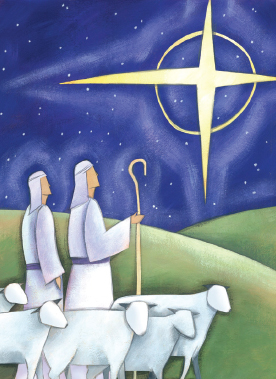
Begin by asking God to assist you in your prayer and study. Then read Luke 2:1-18, an account of the birth of Jesus.
Luke 2:1-18
1In those days a decree went out from Caesar Augustus that the whole world should be enrolled. 2This was the first enrollment, when Quirinius was governor of Syria. 3So all went to be enrolled, each to his own town. 4And Joseph too went up from Galilee from the town of Nazareth to Judea, to the city of David that is called Bethlehem, because he was of the house and family of David, 5to be enrolled with Mary, his betrothed, who was with child. 6While they were there, the time came for her to have her child, 7and she gave birth to her firstborn son. She wrapped him in swaddling clothes and laid him in a manger, because there was no room for them in the inn.8Now there were shepherds in that region living in the fields and keeping the night watch over their flock. 9The angel of the Lord appeared to them and the glory of the Lord shone around them, and they were struck with great fear. 10The angel said to them, Do not be afraid; for behold, I proclaim to you good news of great joy that will be for all the people. 11For today in the city of David a savior has been born for you who is Messiah and Lord. 12And this will be a sign for you: you will find an infant wrapped in swaddling clothes and lying in a manger. 13And suddenly there was a multitude of the heavenly host with the angel, praising God and saying:
14Glory to God in the highest
and on earth peace to those on whom his favor rests.
15When the angels went away from them to heaven, the shepherds said to one another, Let us go, then, to Bethlehem to see this thing that has taken place, which the Lord has made known to us. 16So they went in haste and found Mary and Joseph, and the infant lying in the manger. 17When they saw this, they made known the message that had been told them about this child. 18All who heard it were amazed by what had been told them by the shepherds.
After a few moments of quiet reflection on Luke 2:1-18 consider the background information found in Setting the Scene. This information will help you put the passage in context.
Setting the Scene
Gospels do more than simply communicate factual information about Jesus, the main character. They are tools for evangelization, meaning that they are written as an invitation to encounter and then to enter into a relationship with Jesus. Gospel writers tell the story for an audience that they are a part of, but do it in such a way that calls for a response even generations later.

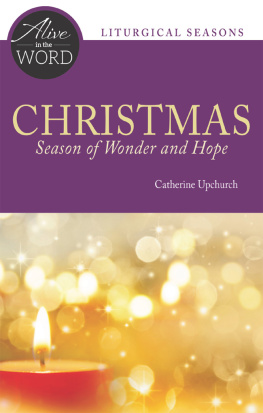

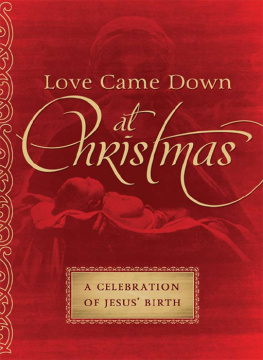
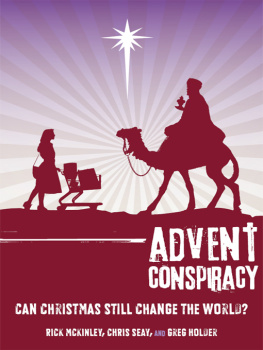

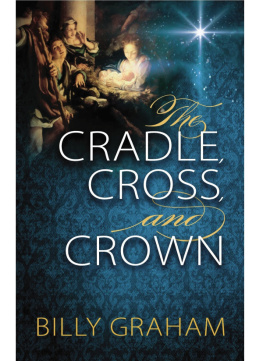


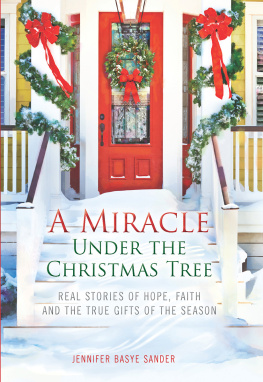
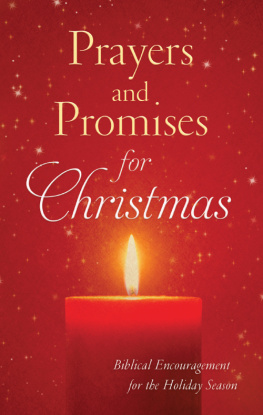
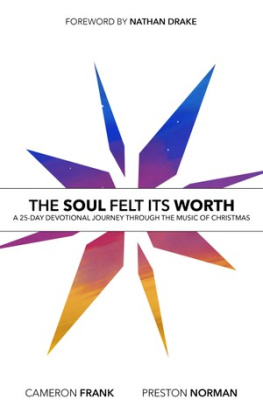
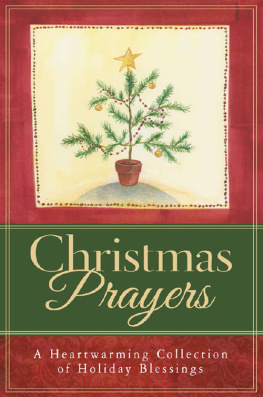

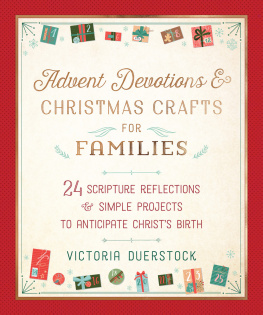

 Anthony B. Taylor, Bishop of Little Rock, February 2, 2018.
Anthony B. Taylor, Bishop of Little Rock, February 2, 2018.